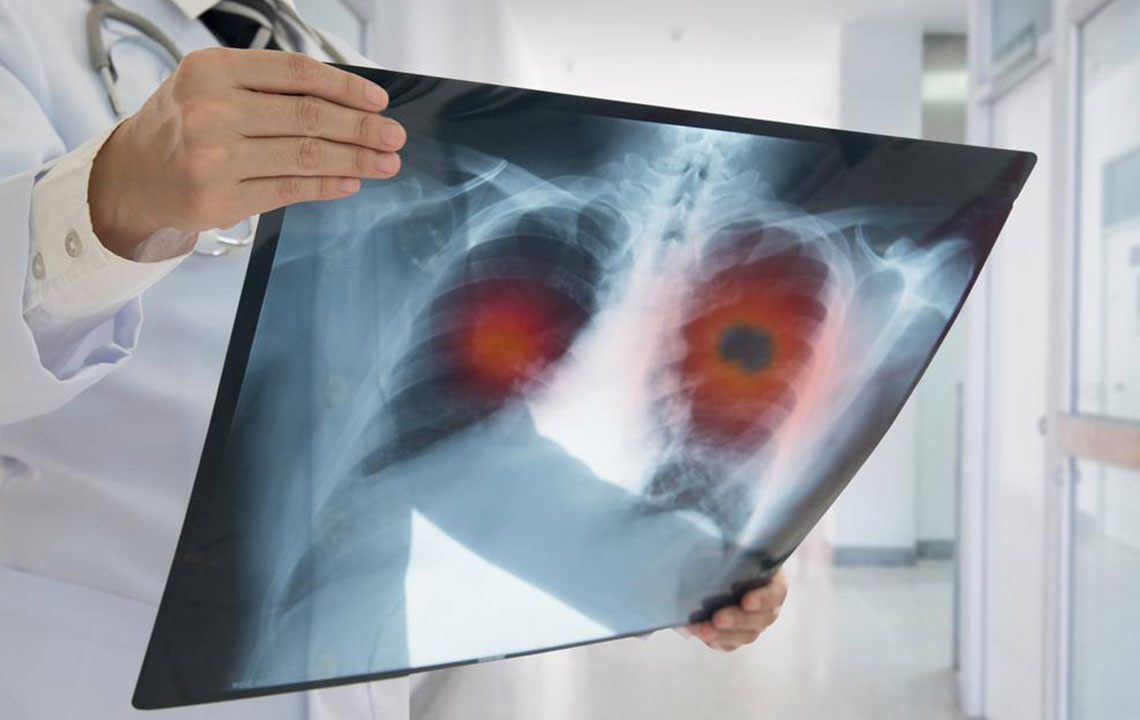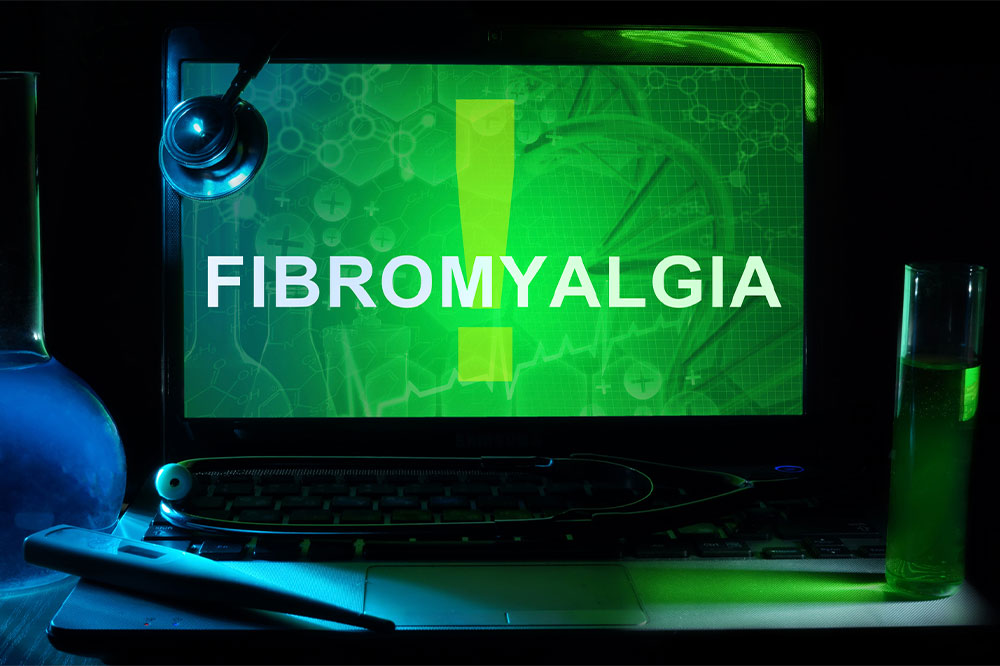Understanding Non-Small Cell Lung Cancer: Causes, Symptoms, and Treatment Options
This article provides an in-depth overview of non-small cell lung cancer, covering its causes, symptoms, and various treatment options. It highlights the importance of early detection and advances in therapies such as immunotherapy and targeted treatments to improve patient outcomes. Understanding these aspects can help patients and caregivers make informed decisions and seek prompt medical attention for better management of this prevalent disease.

Lung cancer remains a leading health challenge worldwide, particularly affecting both men and women. It occurs when normal lung cells undergo malignant transformation, forming tumors that impair respiratory function. Among the main types of lung cancer, non-small cell lung cancer (NSCLC) accounts for the majority of cases. Its development is influenced by various factors, primarily smoking, which is responsible for up to 90% of instances. Environmental exposures and genetics also play critical roles in its onset.
Common symptoms include a persistent cough, chest pain, breathing difficulties, recurring pneumonia, and respiratory infections. Early diagnosis significantly enhances treatment success, as localized cancers are more manageable. Treatment options vary based on disease stage, lung health, and overall patient condition, encompassing surgery, immunotherapy, radiation, chemotherapy, and targeted therapies.
Surgical removal, such as lobectomy or segmentectomy, can be effective if detected early. Non-invasive techniques like thoracoscopy are also employed. Immunotherapy, including FDA-approved drugs like nivolumab and pembrolizumab, is proving promising, especially in advanced cases. Radiation and chemotherapy are frequently used for late-stage cancers, aiming to alleviate symptoms and prevent recurrence. Pre-surgical chemotherapy, known as neoadjuvant therapy, helps shrink tumors for better surgical outcomes. Lastly, targeted treatments focus on attacking cancer cells while sparing healthy tissue, mainly used in advanced stages and often combined with other therapies.
Awareness of risk factors, early detection, and tailored treatment plans are crucial for improving prognosis in non-small cell lung cancer patients.










